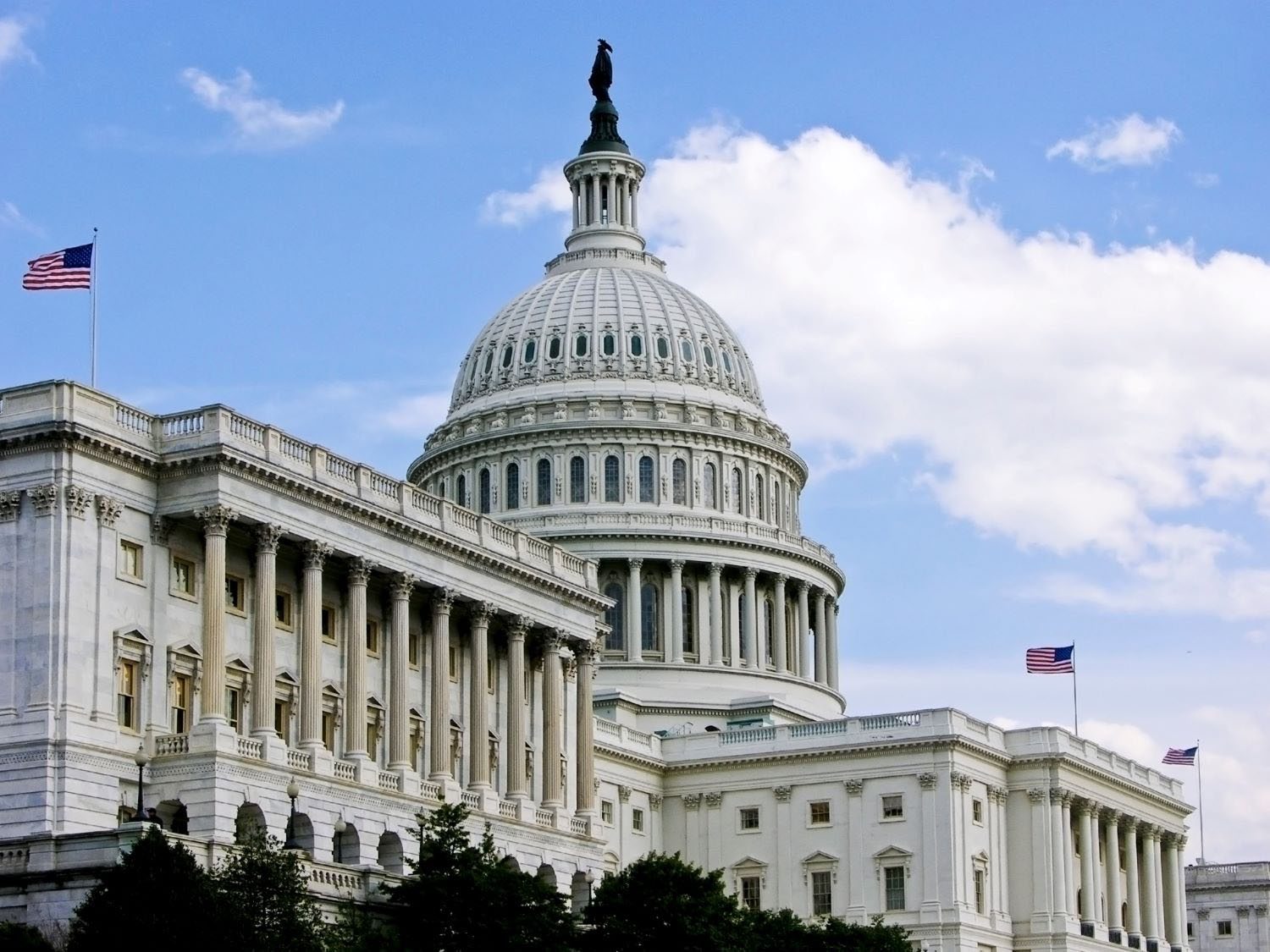Recommended
As the politics of polarization gain traction and electoral support, a new vintage of populism is emerging in Latin America. This new version shares some aspects with the type of cultural populism now common in advanced economies that divides societies into antagonistic camps. But there are also important differences. The new paradigm in Latin America undermines the system of checks and balances, including an active use of street power and social mobilization as well as changes to electoral rules, to enhance presidentialism. In the case of left-leaning leaders, the new Latin American paradigm is giving the state an increasingly relevant role in the economy. However, it explicitly preserves sound macroeconomic management, in contrast to previous versions of populism. The crucial question is whether macroeconomic stability will prevail under this hybrid model, with a larger role for the state and greater economic intervention, in the context of more divided societies facing low expected economic growth.
From the paper:
This paper discusses the emergence of a new political paradigm in Latin America in the context of low growth, reversals in social progress, and dissatisfaction with the outcomes of the Washington Consensus. Many aspects of Latin America’s paradigm borrow from the type of cultural populism now common in advanced economies, a definition based on what Mudde (2004, 2007) and Mudde and Rovira Kaltwasser (2017) call a “thin-centered ideology” that divides societies into “the pure people” and “the corrupt elite” (Guriev and Papaioannou, 2022). However, the confrontation between two homogeneous and antagonistic groups is far from a complete characterization of recent political trends in the region.
The new paradigm is also different from the old-school Latin American populism, defined in the classical work of Dornbusch and Edwards (1991). Politicians now seem to have internalized the importance of macroeconomic stability and do not directly challenge its main tools, such as inflation targeting (including central bank independence) and the use of fiscal rules. In this important sense, leaders embracing a new paradigm are not classical populists.
Rather than a trade-off between inflation and redistribution, which was the key tension in the past, what has emerged is an identity struggle between “us” and “them.” Leaders on the left combine these elements with an agenda that empowers the state and reduces the role of the private sector. An active use of regulatory powers, a greater scope of action for state-owned enterprises and development banks, and the nationalization of pension savings are common elements of the new approach. Leaders on the right, in contrast, emphasize the importance of law and order, internal security, and the role of the private sector. Both camps share an appetite for the use of social media and mass mobilization in ways that undermine institutions and strengthen presidentialism.
However, the “politics of emotion” are not a sufficient characterization of current political trends in the region. Equally inadequate are the arguments that describe the current phase as a return of fiscal populism. In the case of leaders with a left-leaning ideology, what is taking place is an attempt to increase the role of government in sectors considered “strategic,” such as health, pensions, public utilities, energy, and mining. The climate agenda is also centerstage, with many governments emphasizing the role of industrial policies (as in advanced economies) to accelerate the energy and climate transition. The growing influence of China in the region is another aspect to consider as part of the new paradigm. This is happening in tandem with political changes that empower marginalized and excluded groups.
The more statist vintage of the current paradigm—compared with its predecessor, the Washington Consensus—can have two effects in the medium term. First, it is not supportive of private investment (domestic nor foreign), which could further deteriorate an already grim growth outlook. Second, corruption, a key component of the frustrations that led to the change in paradigm, could worsen as the state is given more responsibilities and resources.
The rightwing version of populism has other consequences. Adherence to sound macroeconomic policy management can also be jeopardized by a gradual dismantling of the checks and balances on executive power, including economic institutions such as central bank independence. As argued by Acemoglu and Üçer (2019) in the context of Türkiye, fiscal dominance over monetary policy did occur during a period of rightwing populism.
Leaders willing to fulfil undelivered promises to a growingly demanding electorate can lean towards old style populism and disregard macro stability, independently of their political ideology. A new form of hybrid populism where identity politics are combined with fiscal and monetary largesse is not an outcome that can easily be ruled out.
Read the full paper here.
Rights & Permissions
You may use and disseminate CGD’s publications under these conditions.
Image credit for social media/web: mehdi33300 / Adobe Stock








